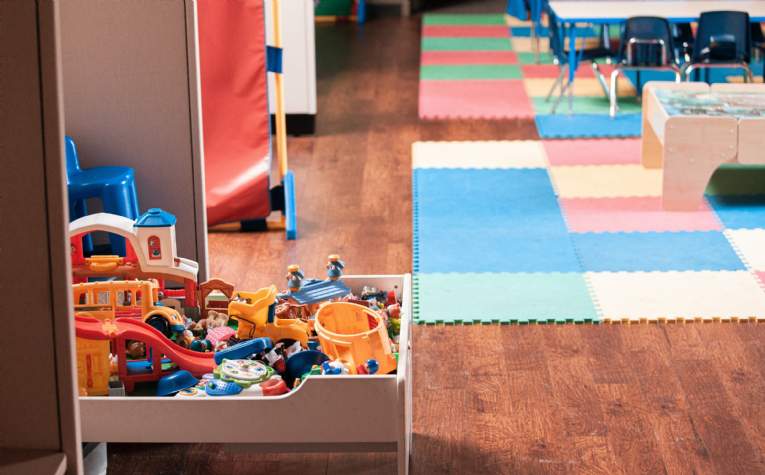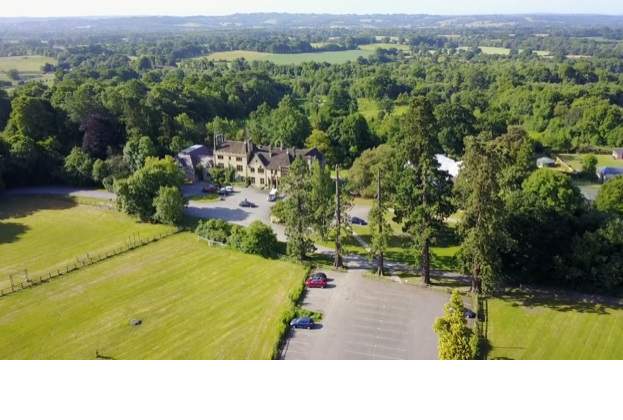Most university students may currently be packing up their halls and looking forward to a hard-earned break after sitting exams, but after they vacate their campuses many university estates directors will be using the traditionally quietest time of the year to make significant progress on upgrading their estates.
Sixty-two per cent of university finance directors said that they planned to increase capital expenditure in the 2017-18 year, including 23 per cent who planned significant increases.* Given the competitive atmosphere between universities in attracting students, much of this investment will be into major long-term projects to improve the student experience and give institutions a way of standing out.
We round up some of the key trends we’re seeing universities undertake as part of such projects:
Flexible spaces
Many estates directors are aware that a high proportion of space often lies empty outside teaching hours, so are focusing on creating flexible areas that can be adapted for other uses, such as social meeting spaces, workshops or collaborative study spaces. The Campus Kolding building at the University of South Denmark, for instance, largely forgoes closed classrooms for a large atrium and group work spaces.
Sustainability
Generation Z (those born between about 1995 and 2005) are believed to be the most environmentally conscious demographic ever. While most won’t make a decision on where to study solely on a campus’s green credentials, it can be a factor if they’re torn between institutions, as well as delivering operational savings by reducing energy use.
Sustainability is therefore increasingly moving up the agenda when it comes to capital projects. This is showcased in the GlaxoSmithKline Carbon Neutral Laboratories for Sustainable Chemistry at the University of Nottingham (ranked the second ‘greenest’ university in the world by GreenMetric), which will offset the carbon emissions from construction and utilises water reduction and heat-capturing technologies, winning it a BREEAM Outstanding certification.
‘Star-chitecture’
This is not a new trend, but universities continue to look to landmark projects, sometimes designed by world-renowned names, as a way of standing out from the crowd. The University of Sheffield, for example, is currently creating an eye-catching quadruple height atrium between existing listed buildings to house new laboratories, offices and social spaces as part of its Engineering Heartspace project.
Placemaking
While attracting students is a top priority, ensuring a university has an identity beyond its immediate teaching/research role and has a place in the wider community is also key. The University of Northampton is adding shops and restaurants, easily accessible to the general public via a new bridge, to its new Waterside Campus, while the University of Birmingham is adding a 172-bed hotel and conference park to complement, available to all sectors for hire for functions and parties.
*Deloitte 2016/17 Higher Education Finance Directors Survey
Further information
Contact Savills Education team

.jpg)
.jpg)
.jpg)
-act-promoting-sustainable-travel-to-school.jpg)

.jpg)


.jpg)